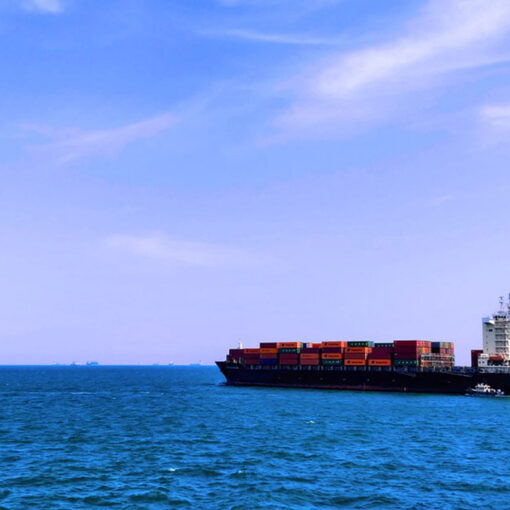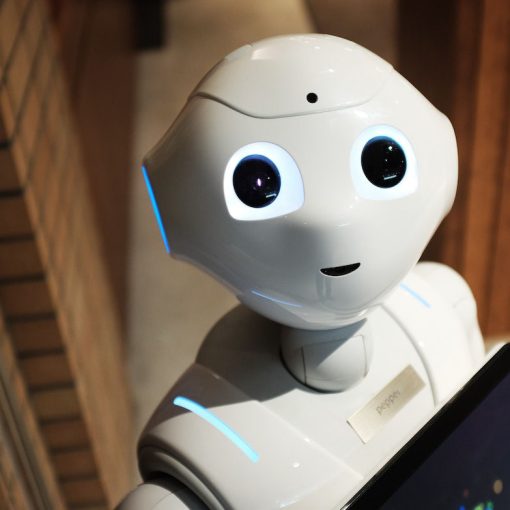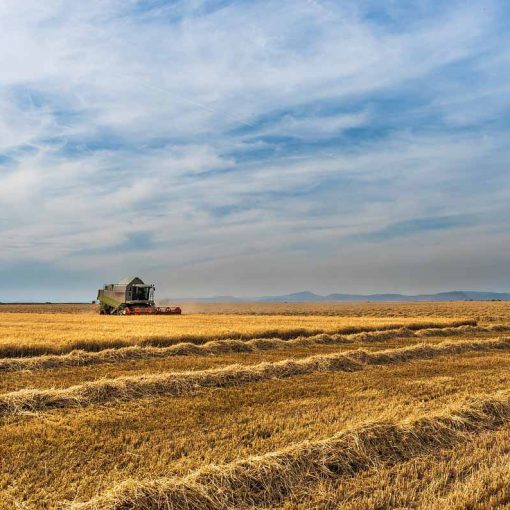CitiCAP project aims to change the attitude and behaviour of citizens of Lahti to smart urban mobility. It aims to encourage the transfer from private car use to more sustainable and green friendly mobility options e.g. through Personal Carbon Trading (PCT) application. (Uia-initiative, 2020).
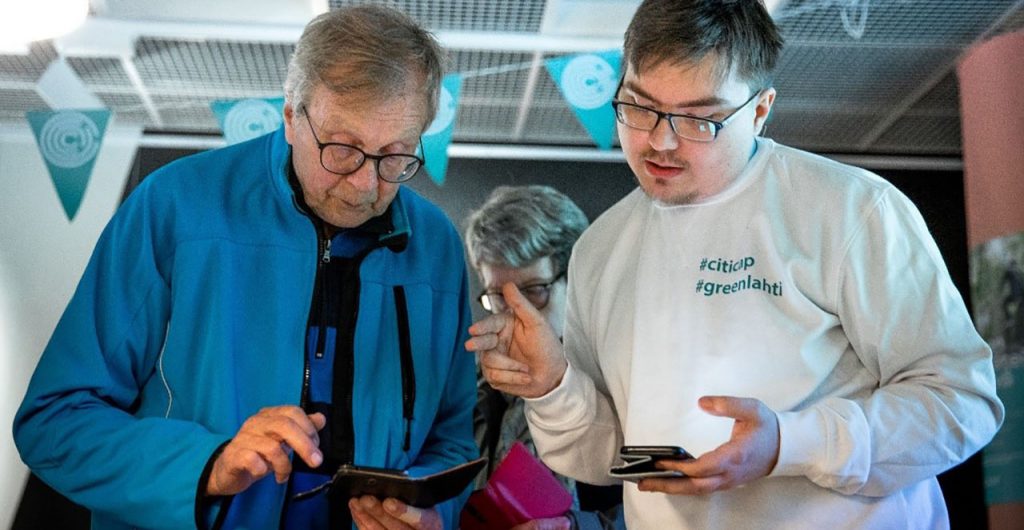
LAB University of Applied Sciences is a partner in the CItiCAP project. Our project team at LAB is constantly researches and developes new solutions and prototypes to promote urban sustainability as a part of CitiCAP 3rd party service programm.
A 3rd party service in this context means that a service has its own user interface and is not directly tied to the CitiCAP Personal Carbon Trading. 3rd party services are an important factor in motivating citizens to decrease personal CO2 emissions. (Sihvonen, 2018).
In this series of blog posts we will overview different applications and prototypes that our team has developed as a part of the CitiCAP 3rd party services.
Fall estimation service: monitoring and preventing falls in real time
Fall estimation is a service that was proposed as a part of a larger list of elderly health care and safety services for the CitiCAP project. The main aim of these services is to provide more safety for eldery people and encourage them to spend more time traveling and exercising within the city of Lahti.
Fall estimation service is able to track and recognize different potentially dangerous situations where a person falls, stays on the ground or tries to stand up. The initial research and development for this task was started in early 2019. In addition to the Azure Cloud infrastructure it includes a working prototype that was presented during CitiCAP project group meeting on August 9, 2019 in BW Tower, Lahti.
How does Fall Estimation function?
As a purely Computer Vision based solution the fall estimation service does not require any sensors or similar devices in order to recognize the fall. Instead we are using a set of IP cameras and transfer the frames they record to the Microsoft Azure Cloud storage. Each incoming frame will be analyzed by trained AI model. The model will detect humans and return body part coordinates for each person detected.
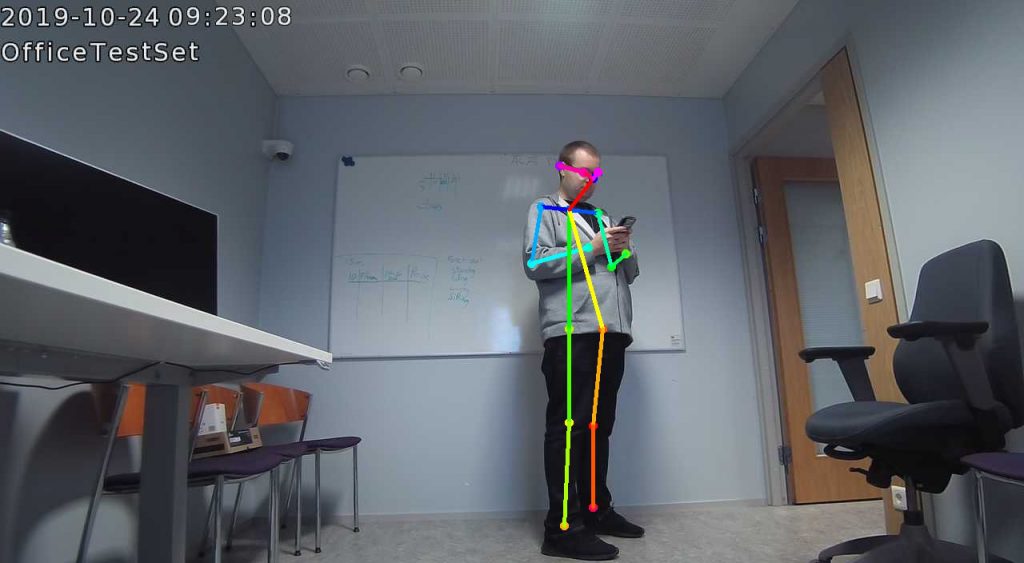
Once the amount of data gathered is enough to make a prediction, our machine learning algorithms will compare these sets of coordinates in relation to each other and estimate if the fall has actually happened. The results will then be stored to the cloud database and can be accessed at any time for further evaluation.
Possibilities and further development
Here is a wide range of possibilities to use this service in a real life environment: varying from minimizing the damage from falls that already happened (mostly by detecting these falls in time and alerting dedicated personnel) to estimating and preventing the future falls based on the current situation.
Let’s take the following example: there is a road across the street where a large crowd of pedestrians, including elderly people, moves daily. In normal circumstances the possibility for some of them to slip and fall is consistently low. However, if the surface of the road is covered in ice the situation may change drastically: more people may lose their balance and the number of falls will steadily increase. Here we can use the fall estimation service to detect the growth in numbers of falls over time and estimate that something is not right so the actions must be taken in accordance. This is just one example how this service can assist citizens of Lahti.
Author
Jevgeni Anttonen works as a developer and researcher in the CitiCAP project, RDI AI Lab team at LAB University of Applied Sciences.
References
Uia-initiative. 2020. Lahti CitiCap – Citizen’s cap-and-trade co-created. [Cited 12 May 2020]. Available at: https://www.uia-initiative.eu/en/uia-cities/lahti
Sihvonen M. 2018. Personal Carbon Trading market place: Sustainable mobility in a Smart City. In Proceedings of ACM Woodstock conference (WOODSTOCK’18). [Cited 12 May 2020].
Links
Uia-initiative. 2020. Lahti CitiCap – Citizen’s cap-and-trade co-created. [Cited 12 May 2020]. Available at: https://www.uia-initiative.eu/en/uia-cities/lahti
Lahti. 2020. Personal carbon trading. [Cited 12 May 2020]. Available at: https://www.lahti.fi/en/services/transportation-and-streets/citicap/personal-carbon-trading
Microsoft. 2020. Microsoft Azure Overview. [Cited 12 May 2020]. Available at: https://azure.microsoft.com/en-us/overview/
Pictures
Picture 1. CitiCAP, GreenLahti. 2019. Lahti citizens get to trade their emissions from mobility. Available at: https://twitter.com/hashtag/citicap
Picture 2. Jevgeni Anttonen. 2019. An example of a processed image with all keypoint for a single standing person.


